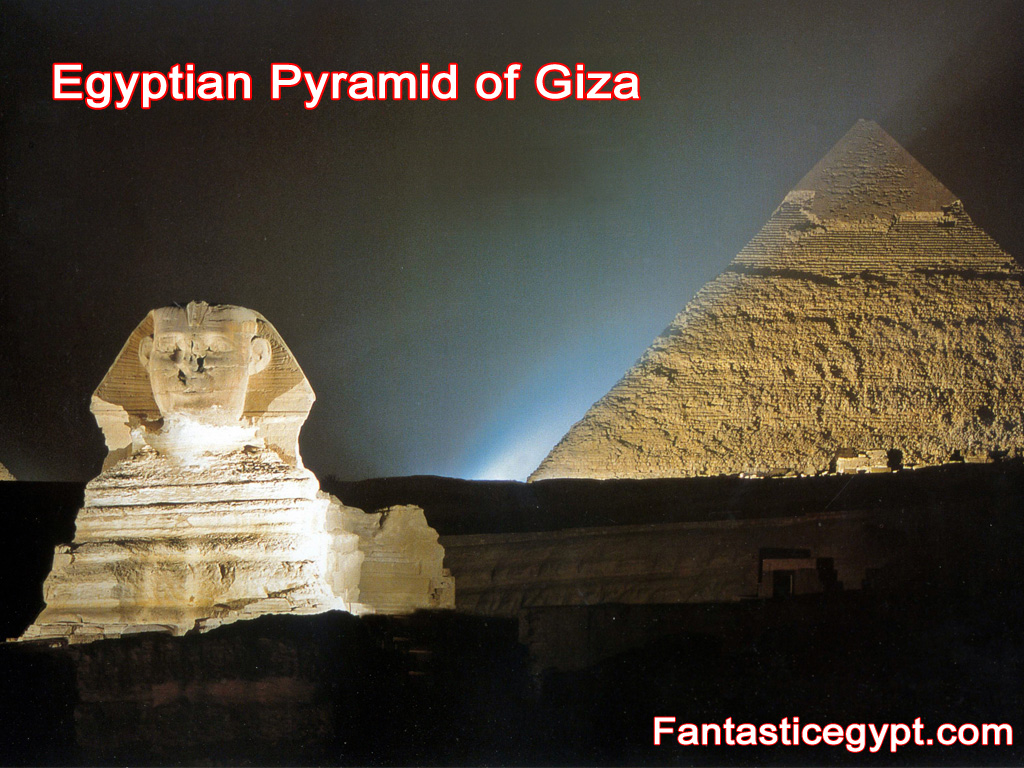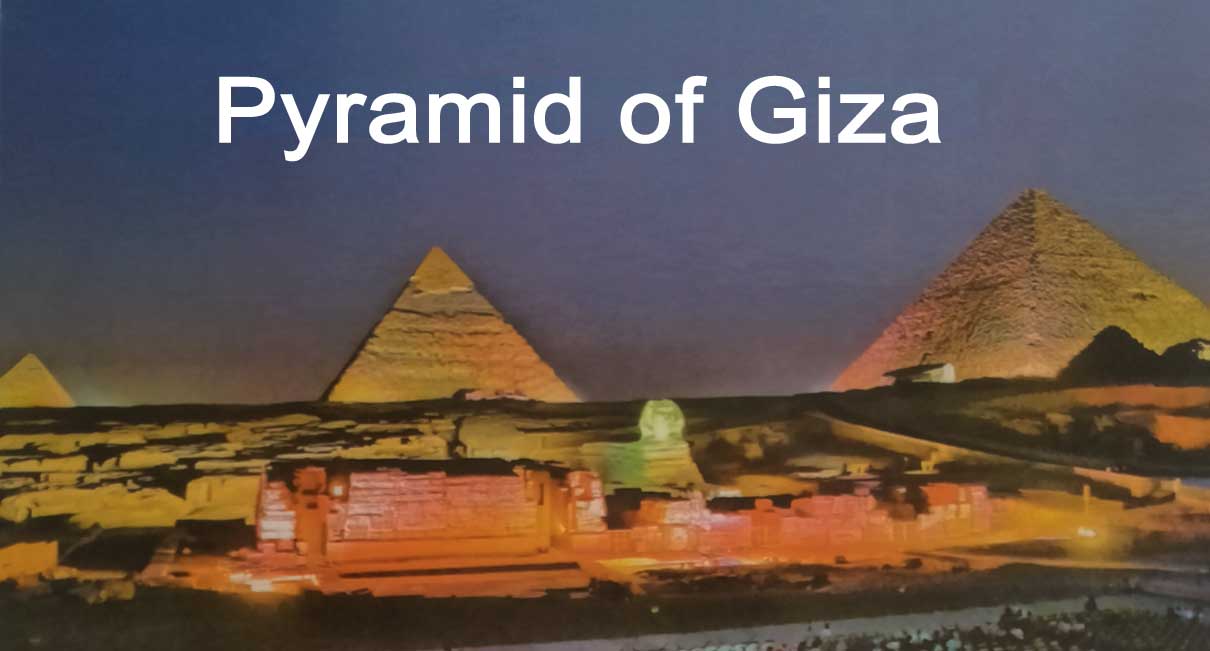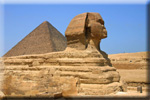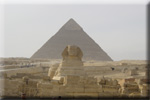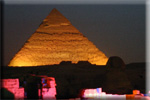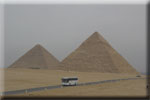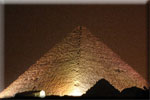Pyramids of Giza Exploring the Egyptian Wonders
The Pyramids of Giza are among the most iconic monuments of human civilization. Rising from the desert sands of Egypt, these colossal structures have fascinated travelers, scholars, and adventurers for thousands of years. From the Great Pyramid of Giza to the broader Giza complex, they represent the ingenuity, spirituality, and enduring legacy of ancient Egypt.
Egyptian Pyramid of Giza
The Egyptian Pyramid of Giza stands as one of the greatest achievements of ancient engineering. Constructed more than 4,500 years ago, it remains a wonder of scale and precision. These pyramids were more than tombs; they were monuments designed to ensure the eternal journey of the pharaohs into the afterlife. Their presence tells us about the technological sophistication and spiritual beliefs of ancient Egyptians.
Gi za
In some old texts and transliterations, the Pyramids of Giza are referred to as "Gi za." This unusual spacing illustrates how ancient words were adopted into different languages over centuries. No matter how it is written—Gi za, Gizeh, or Giza—the site points to the same legendary plateau where these monumental structures rise from the sands.
Pyramid of Gizeh
The term "Pyramid of Gizeh" is a historic spelling found in 18th and 19th-century writings. Travelers and explorers who marveled at the site used this spelling in their journals and maps. Today, whether we say "Gizeh" or "Giza," we are reminded of the same enduring heritage of ancient Egypt’s architecture.
Pyramid of Giza
Gi za
Pyramid of Gizeh
Pyramids of Giza Pyramids of Giza
Great Pyramid of Giza
Giza complex
Egyptian
Pyramid of Giza
Pyramids of Giza
The Pyramids of Giza are composed of three main pyramids: the Great Pyramid of Khufu, the Pyramid of Khafre, and the Pyramid of Menkaure. Together with smaller queens’ pyramids and the Great Sphinx, they form the Giza necropolis. For centuries, the phrase “Pyramids of Giza” has evoked images of ancient power and mystery, drawing millions of visitors every year.
Great Pyramid of Giza
The Great Pyramid of Giza is the most celebrated of all. Built for Pharaoh Khufu, it originally stood at about 146 meters (480 feet), making it the tallest man-made structure in the world for more than 3,800 years. It is constructed from approximately 2.3 million limestone blocks, each weighing several tons. Its alignment with the stars and mathematical precision demonstrate the genius of ancient Egyptian builders.
Giza Complex
The Giza complex is more than just the three great pyramids. It includes temples, causeways, workers’ villages, and the iconic Great Sphinx. Archaeologists continue to study the site to uncover insights into the workforce, logistics, and rituals that surrounded pyramid construction. The Giza complex represents a complete ancient landscape of religion, society, and culture.
Pyramid of Giza
The phrase “Pyramid of Giza” is often used to specifically refer to the Great Pyramid, but it can also mean the entire group. Standing at the edge of the desert, the Pyramid of Giza serves as a reminder of the pharaohs’ quest for immortality and the remarkable skills of the builders who left behind one of humanity’s most enduring legacies.
Conclusion
The Pyramids of Giza remain one of the most powerful symbols of ancient Egypt and human history. Whether you call it the Pyramid of Gizeh, the Egyptian Pyramid of Giza, or the Great Pyramid, each name reflects awe and respect for these timeless monuments. They continue to inspire wonder, scholarship, and admiration. To learn more, you can visit Encyclopedia Britannica.
Frequently Asked Questions
Where are the Pyramids of Giza located?
The Pyramids of Giza are located on the Giza Plateau near Cairo, Egypt.
What is the Great Pyramid of Giza?
The Great Pyramid of Giza is the largest pyramid, built for Pharaoh Khufu around 2560 BC.
Why were the Pyramids of Giza built?
They were constructed as tombs for pharaohs, symbolizing the bridge to the afterlife.
Can you visit the Giza complex today?
Yes, visitors can explore the Great Pyramid, Khafre’s pyramid, Menkaure’s pyramid, and the Sphinx at the Giza Plateau.

